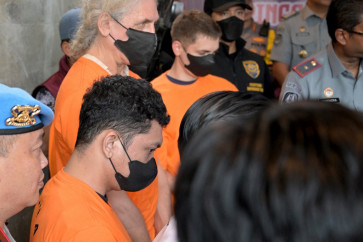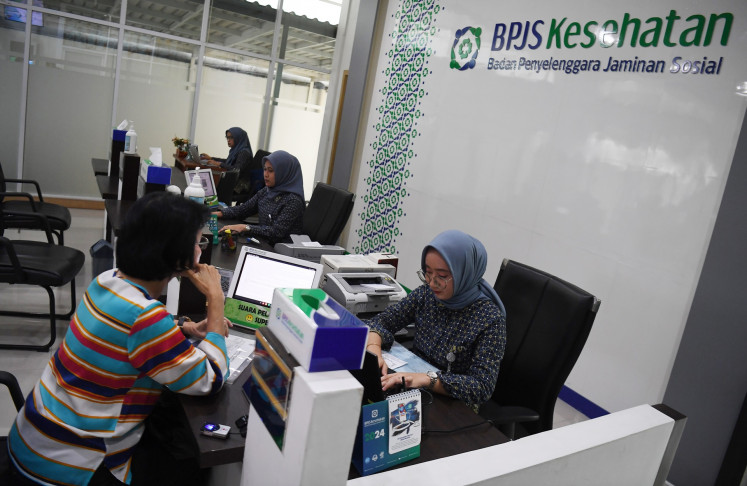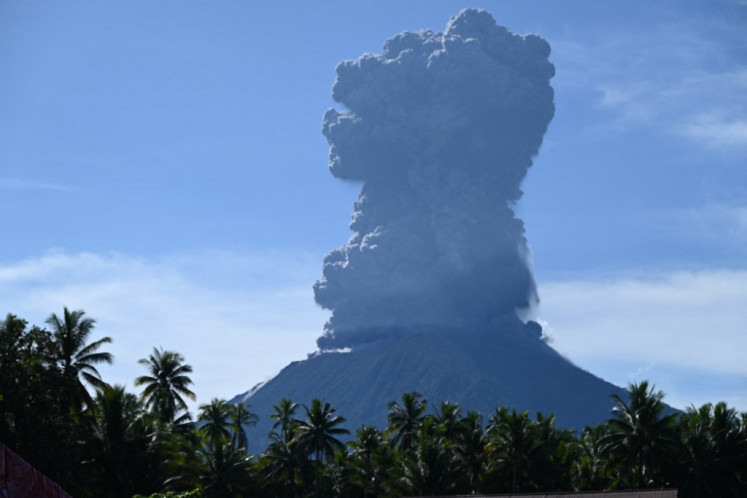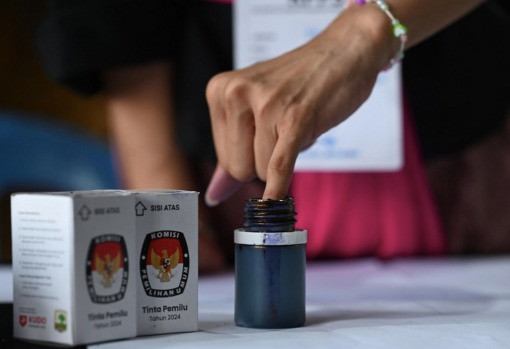Companies apply various methods to develop leaders
As global competition is increasing and pace of change is accelerating, companies need to develop and retain leaders, and some business organizations and consultants are trying to implement different methods in recruiting, hiring, developing, managing and retaining a high-performance workforce, including managers with leadership talents
Change Size

As global competition is increasing and pace of change is accelerating, companies need to develop and retain leaders, and some business organizations and consultants are trying to implement different methods in recruiting, hiring, developing, managing and retaining a high-performance workforce, including managers with leadership talents.
The increased competition and rapid changes have required companies to employ the right people in developing their products and improving customer satisfaction, thereby increasing demand for talented leaders.
This condition offers talented leaders opportunities to choose companies where they can develop their careers best. If their business organizations fail to fulfill their interests, they may look for better positions in other companies. They, for example, may leave their business organizations if they fail to offer sufficient career advancement opportunities, to provide sufficient development and learning programs, to recognize their contributions or to meet personal and family needs.
Such business organizations, therefore, will face difficulties if their talented leaders quit.
Managing director of the Indorama Group Amit Lohia said in a recent international seminar here that a loss of talented people is destructive.
"Losing talented people is a loss of your competitive edge and future growth potential. You can afford to lose average performers but not above average and star performers," he told participants of the Asia HRD Congress 2008.
The congress, held at the Jakarta Convention Center on July 22-24 with the theme "Leading Human Capital, Leading Organizations," presented 59 domestic and overseas speakers to discuss various topics mostly related to talent management.
Prakash Rohera, director of corporate training consulting firm TheRedwoodEdge of India, said that many companies have failed to manage talent effectively because the line management is not trained to execute talent management strategies.
He proposed that in order to manage talent, companies implement a talent management framework consisting of the alignment of business strategy with human resources initiatives, assessment of individual competencies and designing of an action plan through an Identify-Develop-Retain model as well as achieving organizational objectives for future growth.
In aligning the business strategy, companies should have their senior managers involved in identifying, developing and managing high potentials for more senior positions. And talent management should be explicitly linked with overall strategic planning and deliver the quantity and quality of leaders needed by the companies in the future to achieve their goals.
According to Rohera, talented people can be identified through their ability to perform at the next level, their motivation to move to the next level and their engagement with the organizations.
After the talented people are recognized, they should follow development programs, including training, coaching and mentoring that are pertinent to their levels.
To retain the talented people, companies should offer rewards and recognition and assign then to do new jobs with higher responsibilities and accountabilities.
State-owned construction company PT Wijaya Karya (Wika) has tried to formulate its own talent management concept, called Integrated Competency-based Human Assets Management System, with a vision of developing self-motivated and caring employees.
Wika's human resources and development director, Tony Warsono, who has developed the system, told congress participants that the system's implementation starts with a seven-step mentoring of newly recruited fresh graduates or buying experienced managers, and placing the right people with their talents in the right positions at the right time.
In mapping the talents of its employees, Wika combines talent mapping approaches developed by Gallup and Rama Royani and compares them with Myers Briggs Type Indicator (MBTI) of personality profiles and preferences.
Based on the talent mapping, the company promotes talented people to positions pertinent to their talents at the right time. Tony said that Wika, for example, has assigned a person with recognized talents of responsibility, arranging, developing and maximizing -- talents identified with the Rama Royani talent mapping -- as a manager for its construction project in Algeria. Rama Royani divides 34 kinds of talents into four categories -- thinking, striving, impacting and relating. A person with certain talents will have leadership strength in managing projects with certain tasks.
In calculating the salaries and incentives for employees, the company uses a scheme based on performance appraisals, competencies and leadership assessments.
Malaysia's second national car producer, Perusahaan Otomobil Kedua (Perodua) Sdn. Bhd., has initiated an accelerated management development program to groom its own leaders.
Perodua managing director Syed Abdul Hafiz Syed Bakar said that under the program, the company tries to identify high potential employees and create an attractive value proposition for them; cultivate an integrated talent development mind-set among line managers; create a talent pool to meet future leadership needs; and institutionalize "pay for performance" culture.
Abdul Hafiz said employees are considered talented if they are, among other things, robust, confident and disciplined; willing to take on challenges and to meet targets set; analytical and customer centric; responsive to business changes; consistently looking for opportunities; eager to implement learned concepts; ambitious to improve competencies; and motivated to improve interpersonal communications and presentation.
Talents, according to creative specialist Alex Ow, can be developed with training on lateral thinking focused on novel and effective ideas.
Ow, who is chief creative strategist of Infor Resources System Sdn. Bhd. of Malaysia, said that in order to develop lateral thinking, companies should organize creativity training and put in place idea development, idea assessment and idea implementation process.
Senior executives should be encouraged to be open to new ideas, while the established executives need to be cautioned of the implication of ideas generated.
Companies should also provide different types of support and encouragement to different levels of executives to develop their potential in creative thinking.









